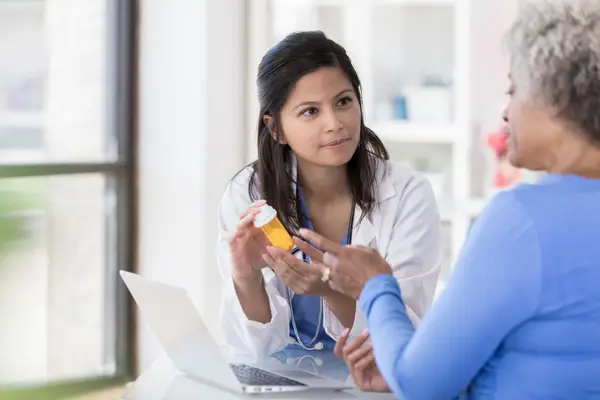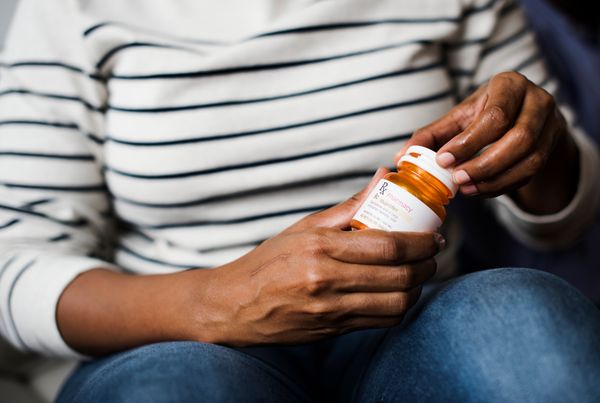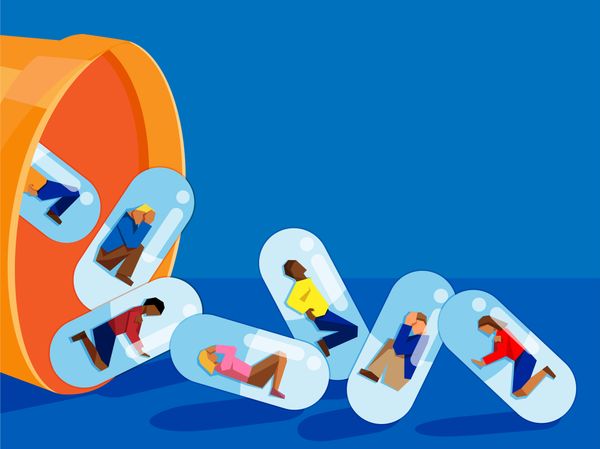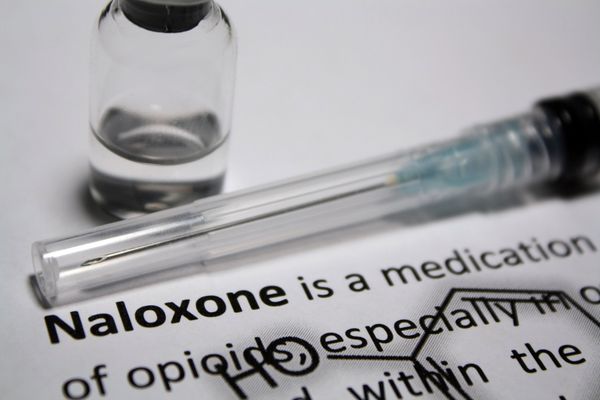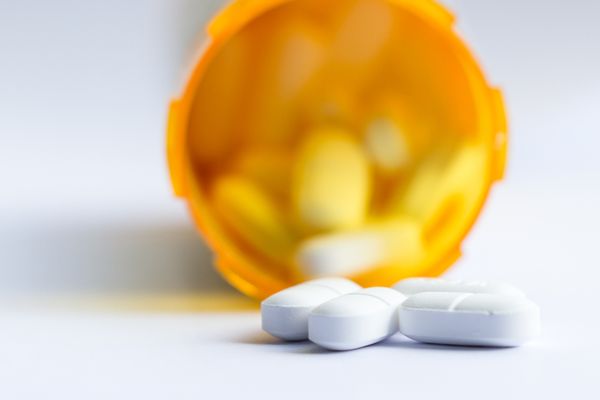September 5, 2018
HealthyWomen is concerned about the dire effects the U.S. opioid epidemic is having on women and their families. Women are more likely to become persistent users of opioids because we tend to have more chronic pain-related conditions than men and are more likely to be prescribed and take pain medications, often at higher doses. And, women are uniquely burdened by barriers to treatment, if we or a family member needs treatment for substance use condition.
Earlier this summer, Paul Samuels, President and Executive Director of the Legal Action Center, and I were invited to the Women in Government's (WIG) annual Legislative Conference in San Diego to share our perspectives on approaches to removing common treatment barriers that can reduce opioid overdoses and death. Our presentation, Strengthening Families and Communities: Improving Access to Medication-Assisted Treatment for Substance Use Disorders, began by identifying Opioid Use Disorder (OUD) as a biological process and disease, which led to discussing how stigma is one of the major barriers to prevention and treatment of OUD.
As a registered nurse currently practicing maternal/fetal medicine, I can attest to the importance of individuals getting treatment for conditions like OUD, and the poor outcomes for both mothers and newborns when that treatment doesn't happen. I know first-hand how this epidemic does not discriminate. I provide care to mothers and their babies affected by this crisis from all socio-economic backgrounds. Too often, stigma and shame prevent women from accessing care.
For insight about the clinical and personal value of treatment for OUD, Paul and I shared a brief video profiling two women – mothers – discussing how treatment for OUD saved their lives and enabled them to reconnect with their families. Please take time to watch it here.
At the WIG conference, we also discussed the challenge of reducing the proliferation of opioids without closing access to effective pain management for patients with acute and chronic pain needs.
A lively and informative Q&A with women state legislators followed our presentation and we ran out of time to respond to all their questions. To continue our commitment to address the opioid epidemic, HealthyWomen, with the Legal Action Center, developed an online set of resources to help state legislators and others better understand the complexities associated with the epidemic so they can act. [See that Toolkit here]. If you have materials or program success stories that you would like to have included, please let us know by emailing policy@healthywomen.org.
Here are some highlights from our presentation:
Ten Opportunities for Legislators to Help Remove Barriers to OUD Treatment
Reduce stigma. Legislators can use their platforms and the policymaking process to emphasize that OUD is a medical condition and not a personal weakness or failure.
Improve economic opportunities and employment eligibility for individuals in treatment. As legislators address the stigma associated with OUD, more individuals can be encouraged to seek treatment, and more employers can be encouraged to hire people with OUD who are in treatment.
Reduce restrictions on treatment and share treatment results and narratives. Legislators can communicate that medical treatment for OUD is available, is safe and effective, and delivers proven results.
Highlight insurance coverage. Legislators can improve access for patients by promoting insurance coverage and enforcing consumer protections. This includes highlighting Medicaid coverage and access for state employees.
Foster collaboration among stakeholders. Legislators can foster work between corrections and OUD treatment providers to promote better health outcomes and reduce costs.
Expand funding for health access points for medically assisted treatment (MAT) for OUD by:
Increasing reimbursement for clinicians to provide MAT;
Working to reduce barriers for clinicians to provide MAT, (including changing regulations that limit the number of patients they serve, promoting care coordination models such as "hub and spoke").
Enforcing existing laws and regulations that require parity between mental health and substance use disorder treatments.
Promoting coordination across government and private sector groups involved in health care, public health, first responders and the judicial system.
Use data on opioid misuse and overdoses to monitor opioid proliferation and evaluate treatment programs, and set an expectation for consistent data reporting and rapid analysis. Legislators also can use data to inform funding priorities and other decision making. With data contributed by coroners, hospitals and first responders, public health and others can respond faster and more appropriately to the opioid epidemic in each community.
Work with governors and federal officials on efforts to block illegal opioids from entering the U.S. from other countries, which is exacerbating the opioid crisis. Initially fueled by prescription opioids, the crisis is now driven in many places by heroin, fentanyl and other opioids manufactured in other countries and shipped into the U.S. These illegal opioids can be made into pills that looks like legitimate prescription medicines but may be much more potent and more dangerous.
Coordinate with colleagues in adjacent states or regions to support each other's efforts. Legislators can link to the Prescription Drug Monitoring Programs (PDMPs), which enables physicians and pharmacists to check if a patient has received an opioid prescription from another physician or pharmacy recently.
Learn about successful practices and programs in other states, and apply "lessons learned," as appropriate for their communities. We understand that every state and community has unique concerns. Tailoring programs and practices to fit every localities' needs often is more successful than replicating approaches used in other places.
For more information, visit www.HealthyWomen.org/policy-center



